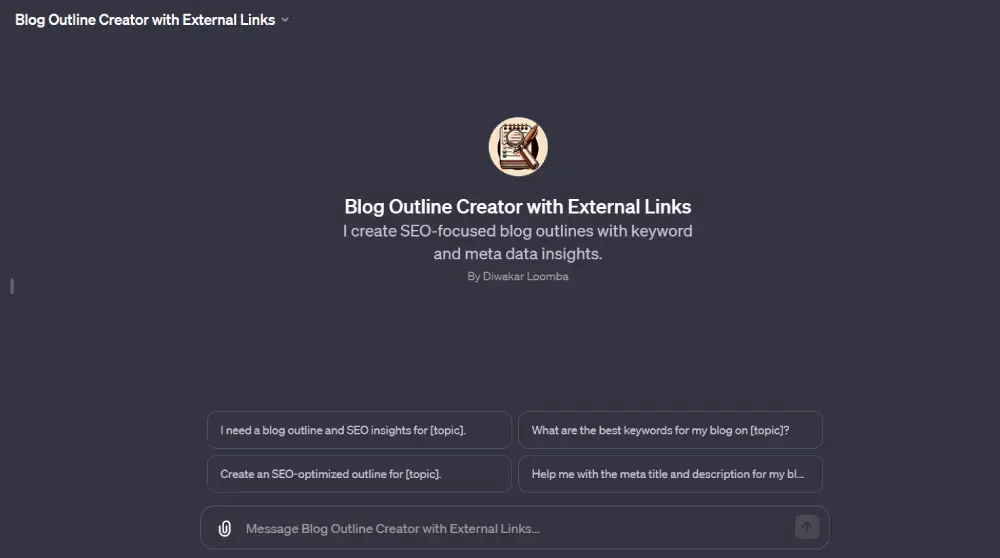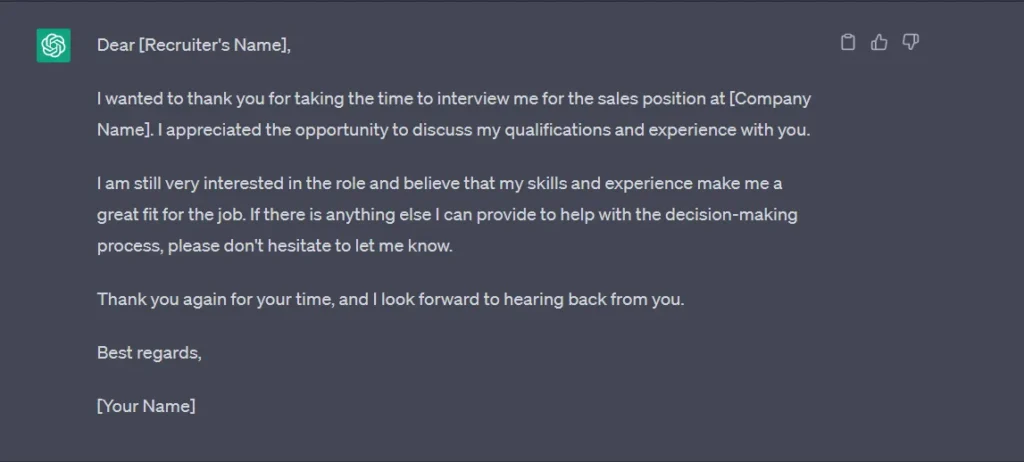Last Updated on September 19, 2025
Having a well-structured outline is crucial to writing an effective blog post. Not only does it help keep your thoughts organized, but it ensures you cover all the key points for your audience. Additionally, including relevant external links in your content has become increasingly important for both readers and search engine optimization.
In this post, we’ll cover how to leverage Custom GPT to streamline your blog planning process. We’ll go through conducting keyword research, analyzing competitors, utilizing AI to create a custom outline, and effectively integrating external links into your final post. Follow along to level up your blog game!
Why Blog Outlines Matter
Before jumping into the how-to, it’s important to understand why blog outlines even matter in the first place. At a minimum, an outline prevents you from rambling off-topic. But more importantly, it helps you structure information in a logical flow that resonates with readers. This sequential approach makes it easier to convey complex topics and allows you to build to a satisfying conclusion.
Additionally, a strong outline accounts for critical details like keywords and links to third-party authority resources. This sets you up for search engine success down the road. Simply put, outlines help ensure your blog post checks all the right boxes before you even start writing. The effort up front pays dividends in the end.
Blog Outline Using Custom GPT Step by Step Tutorial
Step 1: Conduct Keyword Research
The first step in creating your blog outline is conducting keyword research. This gives you insight into what terms and themes your audience cares about most so you can integrate them naturally throughout your content.
Aim to identify one primary keyword as the central theme in addition to five secondary keywords that support your topic. Resources like Google’s Keyword Planner, SEMrush, and Ahrefs make this process fast and straightforward. Focus on keywords driving substantial search volume as well as solid competitor opportunity to give your blog a fighting chance to rank.
Step 2: Analyzing Top-Ranking Competitors
With your keywords selected, the next step is analyzing competitors already ranking highly in search results. Identify two of the organic top links that come up when you Google your primary keyword in a normal search.
By evaluating their content, structure, keywords usage and external links you can model what works about their posts in your own outline. The goal is to include each and every topic that competitor has considered while writing the article.
Step 3: Utilizing Custom GPT for Blog Outlines

Armed with your chosen keywords, competitor links and blog topic, head over to ChatGPT’s Custom GPT tool – Blog Outline Creator with External Links(you would be needing ChatGPT plus subscription in order to use Custom GPTs) This is where the real magic happens. Now start by providing a prompt detailing the competitor links you analyzed and specifying your blog’s focus keyword and theme. Here’s an example of prompt:
Competitor Link 1: https://www.site1example.com/competitor-post
Competitor Link 2: https://www.site2example.com/competitor-post
My blog topic: <topic name>
Custom GPT will instantly generate a custom outline for you including relevant section headers and ideas for expanding on each part. Even better, it will automatically incorporate external links from reputable sites to back up key assertions in your post. This saves you tons of research time.
Step 4: Validating External Links
Next you to validate the external links, in order to check its validity. If it is not working, then you can ask the GPT to provide an alternate external link against that non-working link.
Step 5: Crafting Your Blog with Keywords
With your validated custom outline in hand, all that’s left is crafting the compelling blog post itself. Refer back to the primary and secondary keywords you identified earlier on and work them in naturally throughout your content.
Conclusion
Creating a strong blog outline sets you up for success before you’ve put fingers to keyboard. Conducting keyword research, analyzing competitor links, leveraging Custom GPT to auto-generate an outline, and then validating any suggested external references helps craft an SEO-friendly post tailored specifically to your audience. What are you waiting for? Embrace the power of AI outlining to take your blog game to the next level!
- Top AI Marketing Tools in 2025 - December 2, 2025
- Best SEO Content Optimization Tools - November 13, 2025
- People Also Search For (PASF): The Complete 2025 Guide to Smarter SEO Optimization - November 11, 2025




